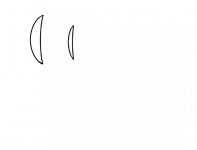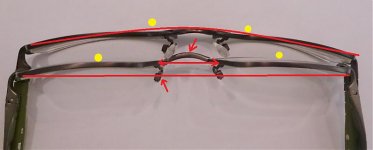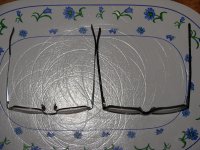. Dear looksharp65,
Sorry to introduce a somewhat different topic here, but I haven't heard from you for a while on the forum.
You may be interested in the ongoing thread ' How Long Has Each Manufacturer Been Around? ', where I have found and mentioned on the thread a lens and spectacle lens maker whose family has been making lenses in Sri Lanka since 1340. These are made using nearly clear amethysts, which are mined locally and of high quality.
But what I would like to ask is, I met my optician yesterday, and I need some prism correction only for my reading glasses. I think that in the past there was actually some prism in each lens, which gave some colour effects if you looked for them. However, yesterday he mentioned that there is another way of correcting for prism by de-centring the lenses, and he may use this method for my new reading glasses.
Also as the prescription is a little bit stronger, only about a quarter dioptre, he will look into high index lenses, but I mentioned that I've seen mentioned on this forum that these could give rise to chromatic aberration affects. But he wasn't sure if this is always the case. The hgh index lenses would be a bit lighter weight as they are thinner, but anyway my reading glasses are quite small and I don't think that high index lenses are a necessity.
I did think that I could answer correctly the original poster here, but I wasn't sure as I'm no expert, so I waited for somebody professional to answer.
It is nice to hear from you again.
P. S.
I showed my optician the 6.5×21 Papilio binocular and he used it, but he was surprised by his hand tremor while holding it and looking at close objects. I did not have the accessory 18g post on it which screws into the tripod socket and helps to stabilise it.
I don't quite know why it works so well as the objectives close on each other, but parallel to the optical window, as you focus to near 0.5 m. There is a slightly curved track at an angle of about 20° for each objective as they get nearer at the closest point. The optical system does not seem to incline at all as a Minolta patents seems to suggest for another similar binocular.
With the Papilio binocular the IPD stays constant from the infinity focus to closest focus. It is a nice binocular in its mark II form.







